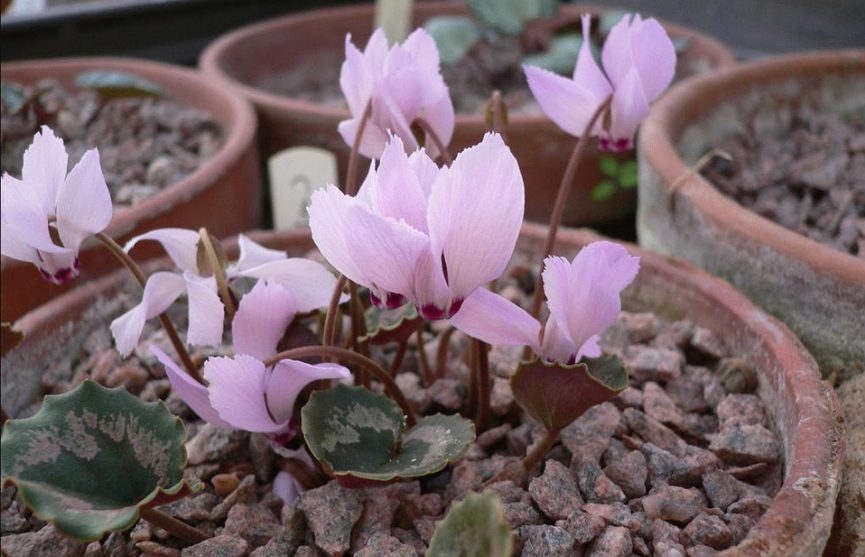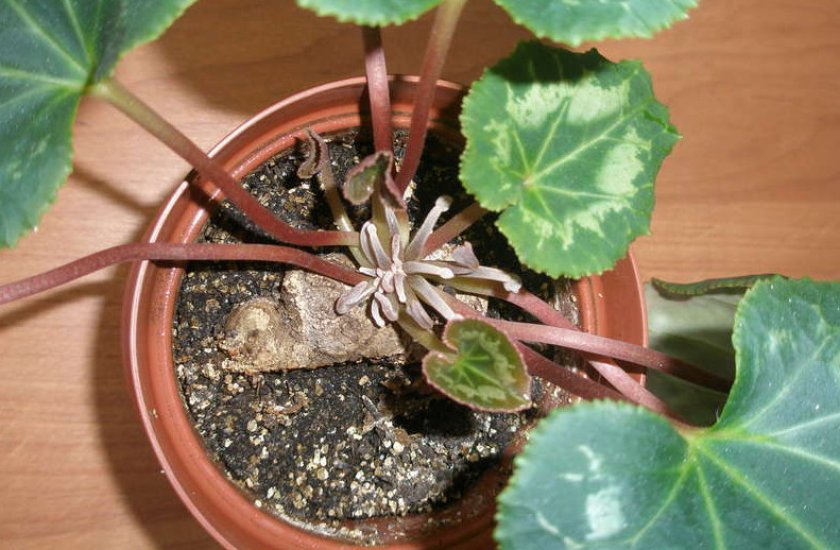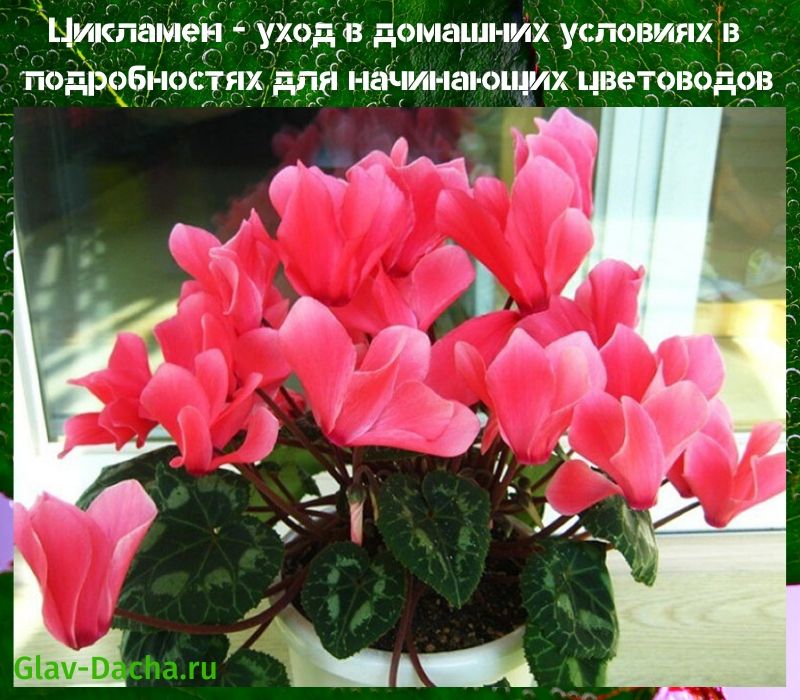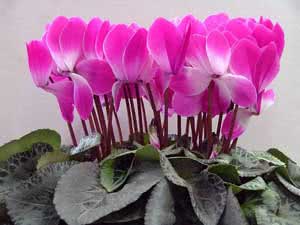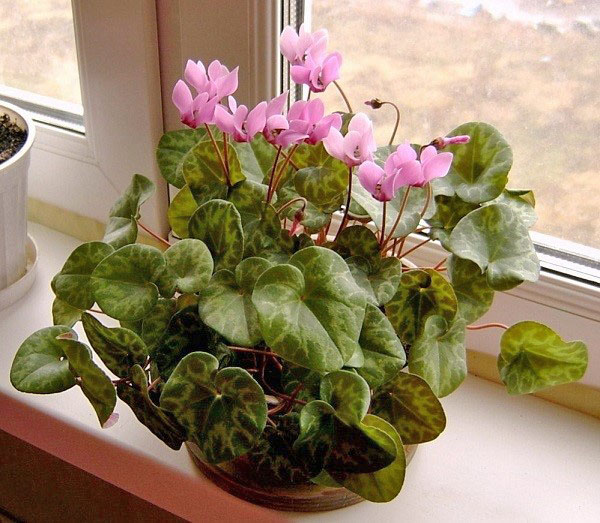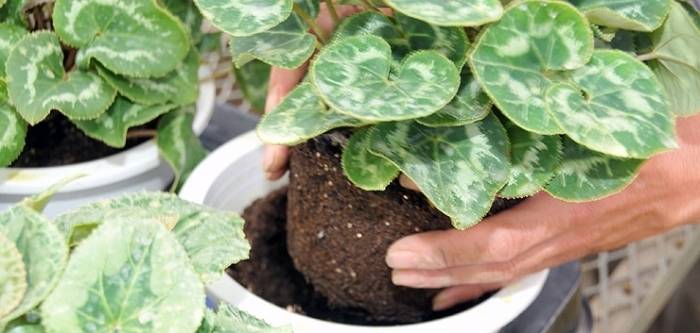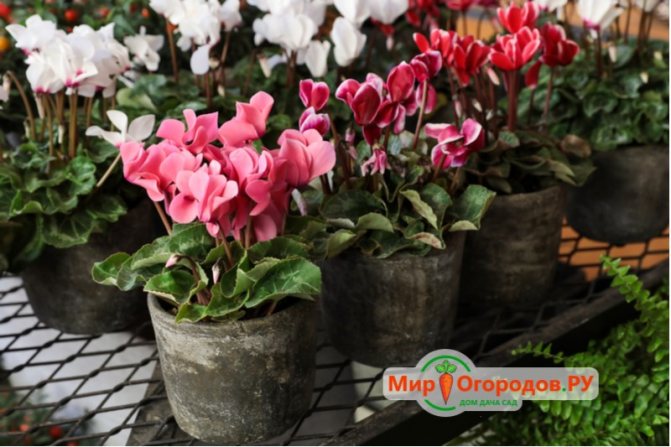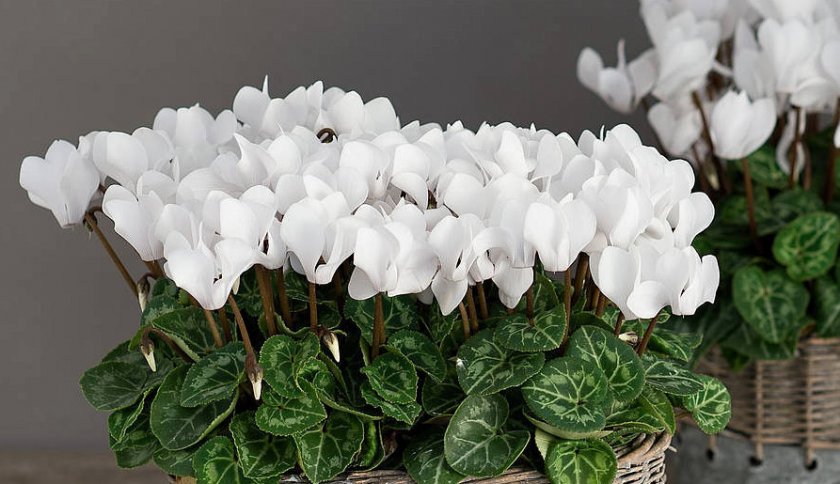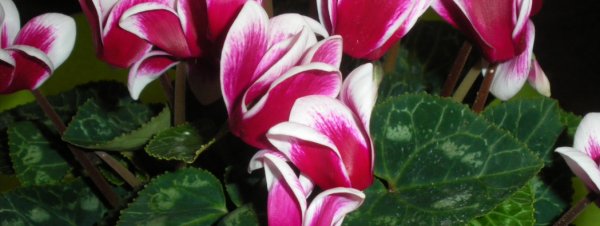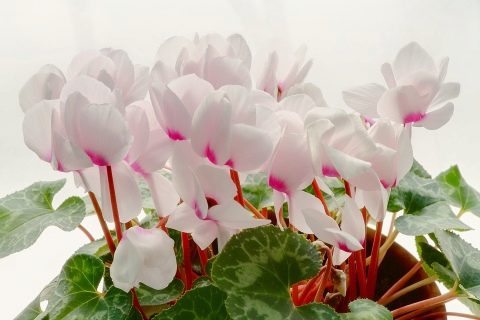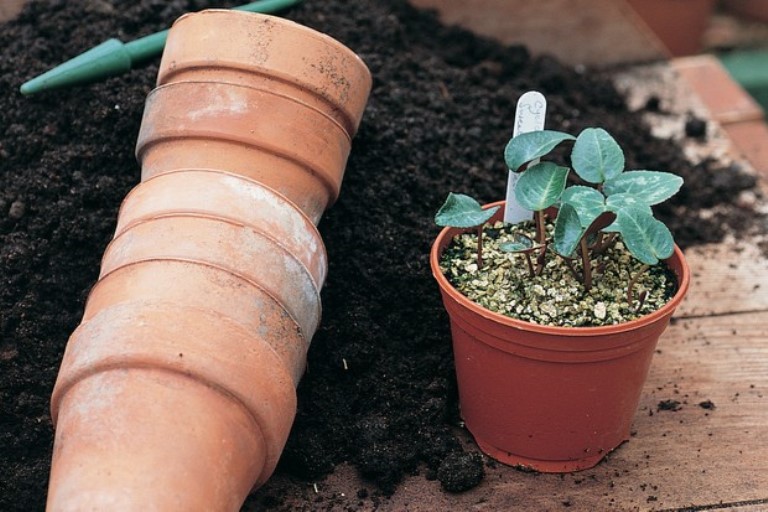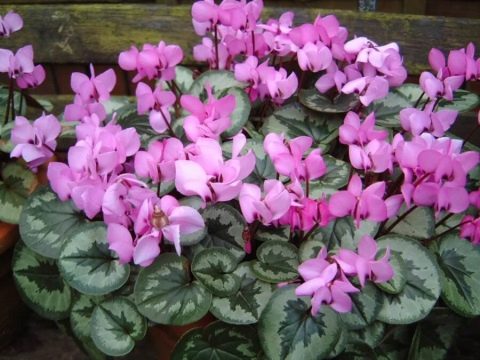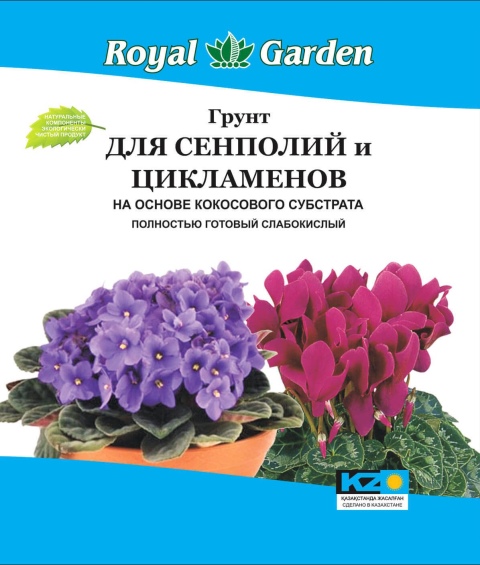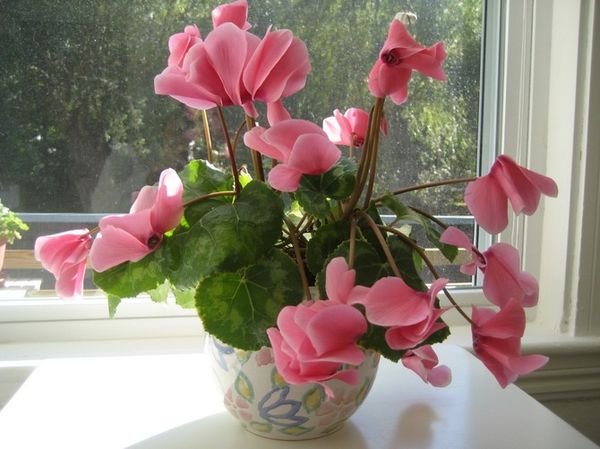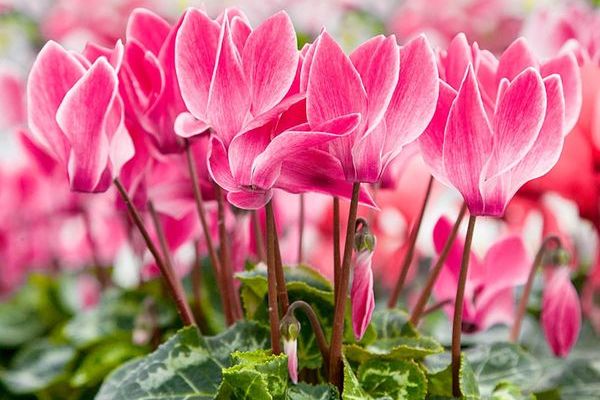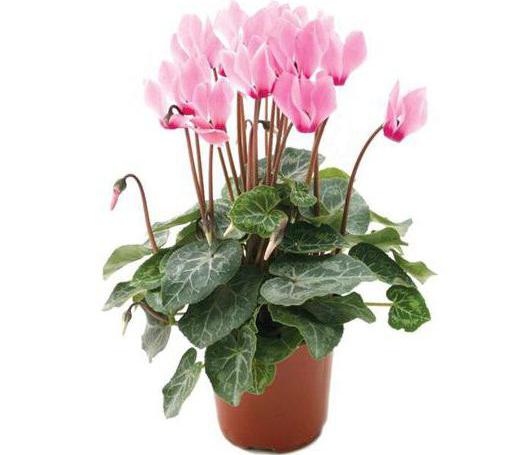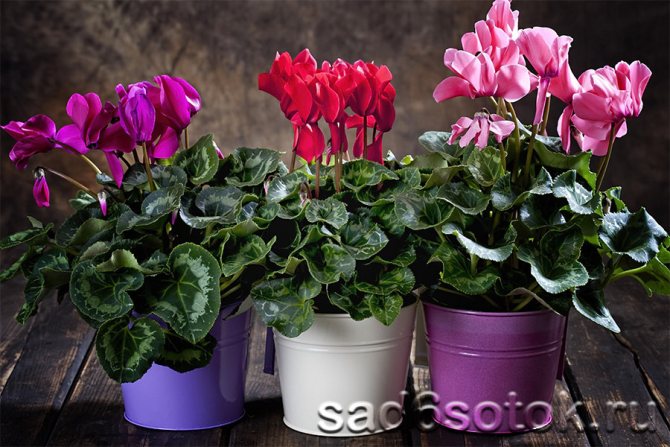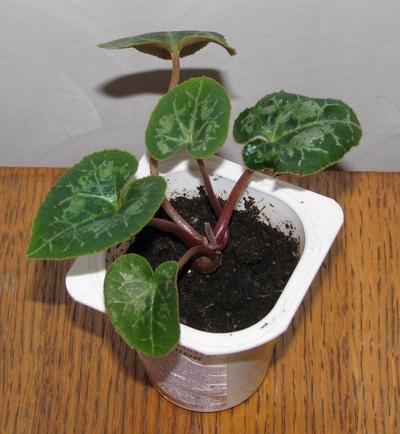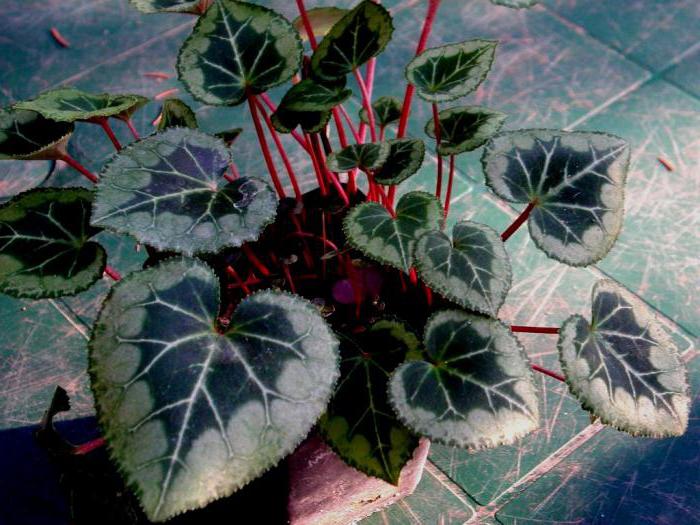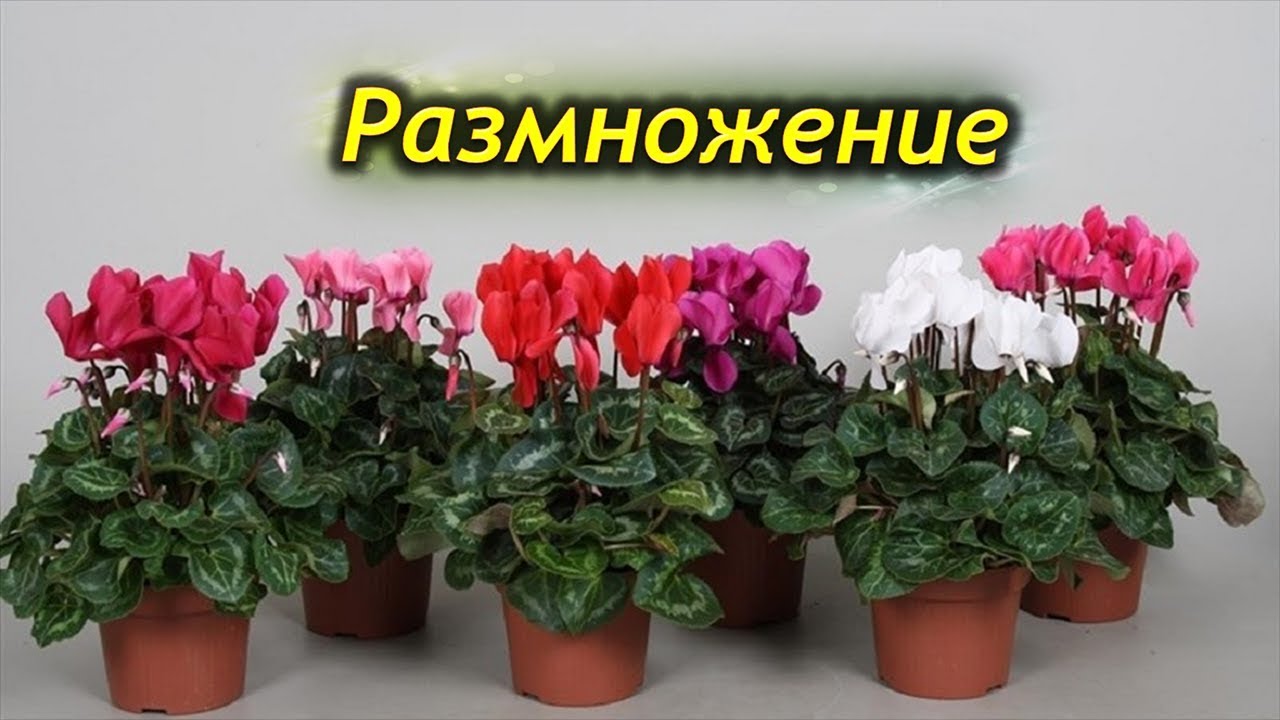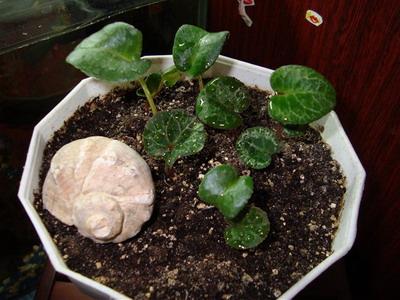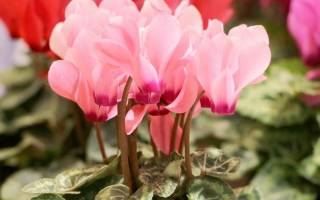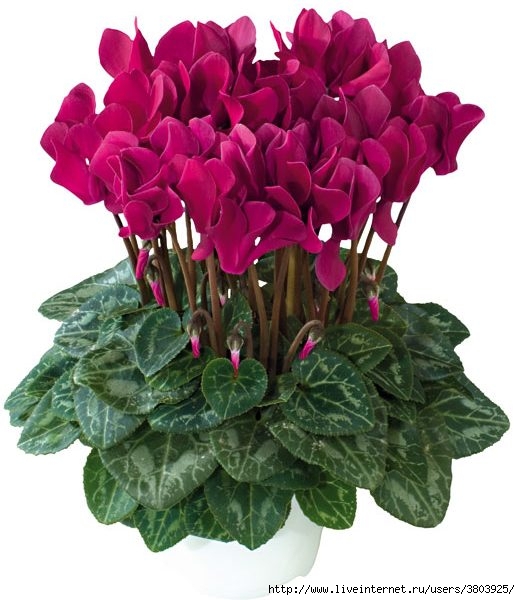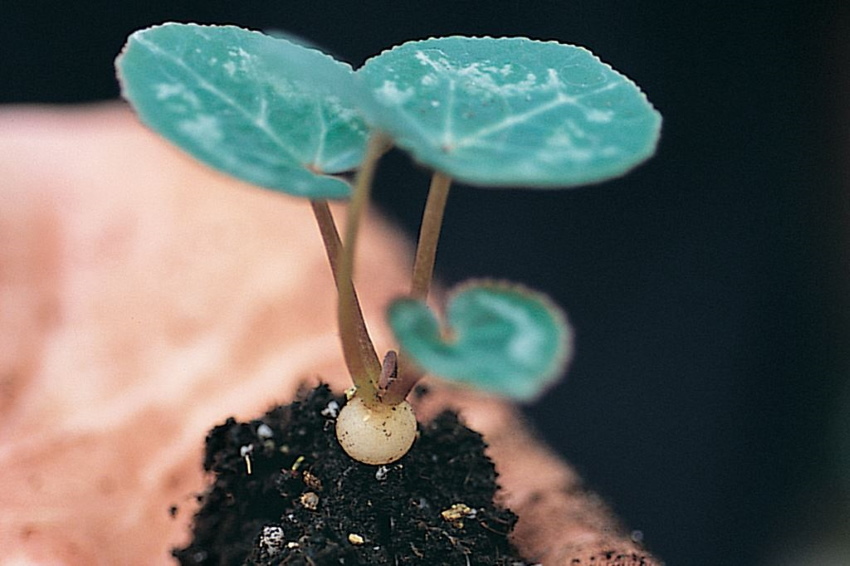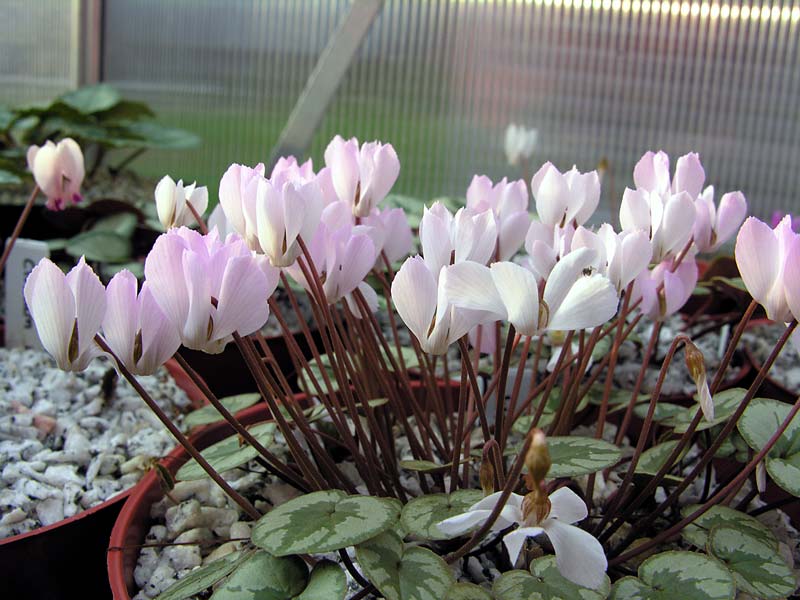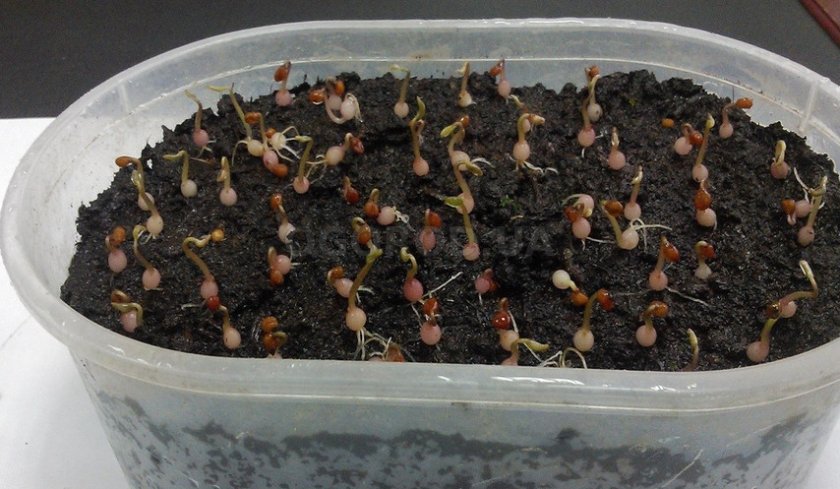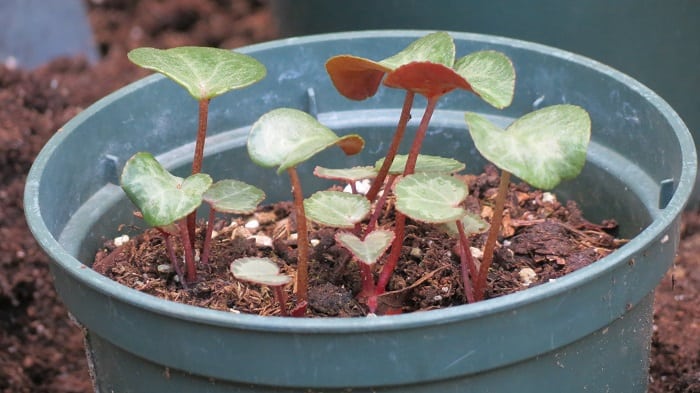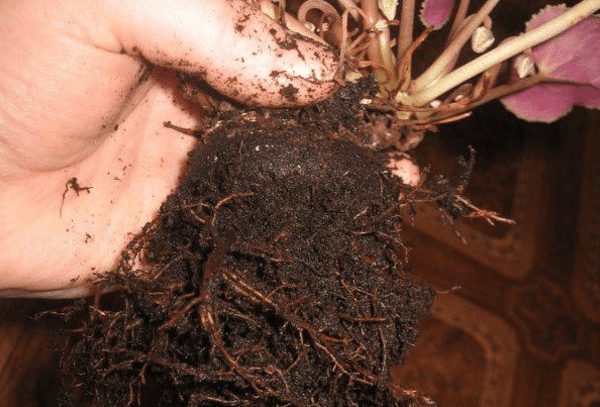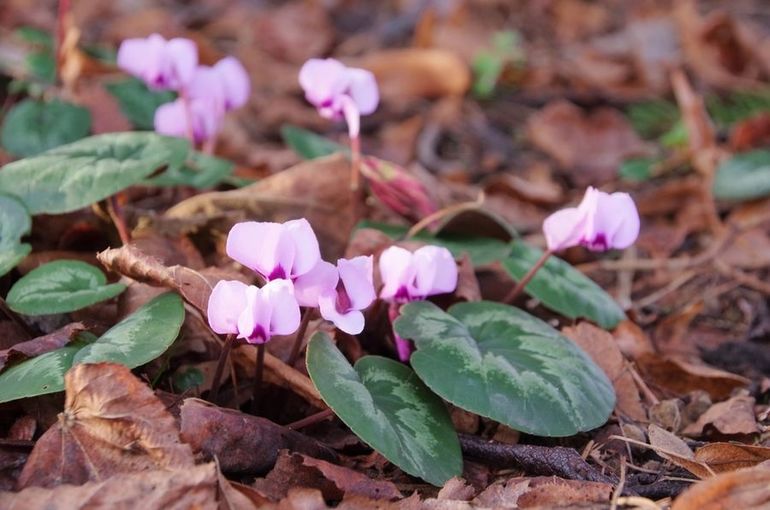1. Seven Secrets of Success:
| 1. Growing temperature: during the growing season and flowering, cool content at a temperature of 10 to 18 ° C, store tubers in a cool and dry place at a temperature of 12 to 14 ° C. |
| 2. Lighting: it is necessary to shade from direct rays of the sun in spring and summer, in autumn and winter maximum light. |
| 3. Watering and air humidity: from planting tubers, limited watering until the first signs of growth, during the period of growth, watering is abundant and regular with drying of the top layer of the soil between them, after flowering and as the ground part dies off, the frequency of watering is greatly reduced. It is best to apply bottom irrigation. It is desirable to increase the air humidity. |
| 4. Pruning: sanitary only - remove faded buds to form new ones and extend the overall flowering time, as well as old yellowing leaves. |
| 5. Soil: nutritious with a lot of organic matter, loose, well-drained, with a neutral or slightly acidic pH. |
| 6. Top dressing: after the first leaves appear, start feeding with mineral fertilizers for flowering plants every 2 weeks. After flowering, another 1 - 2 dressing is carried out and then fertilization is stopped. |
| 7. Reproduction: by dividing tubers during spring transplantation, sowing seeds in spring. |
Botanical name: Cyclamen.
Cyclamen home - family
Where it grows. Its origin comes from the Mediterranean.
What it looks like. The genus Cyclamen, dryak or alpine violet includes about 20 species of tuberous perennial herbaceous plants.
The leaves are small, round or heart-shaped, with a heart-shaped pattern, very attractive, on long brown petioles. Some species have leaves with broad silvery edges, others speckled.
Flowering is very abundant and long-lasting - the buds almost continuously replace each other. Peduncles rise above the foliage to a height of 25 cm. The flowers are pure white or bright red, in all shades of pink, salmon, lilac or violet, some are extremely fragrant.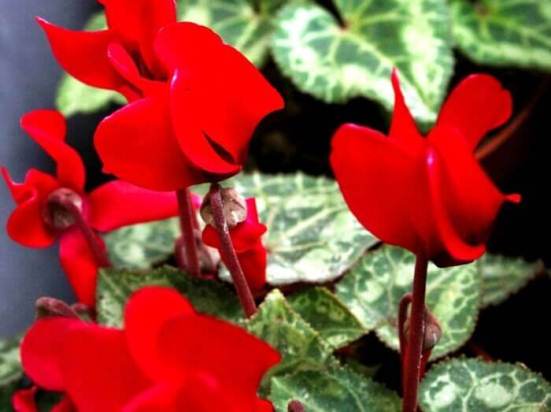
Flowering is very abundant - each bush is capable of producing up to 70 peduncles.
When pollinated, a fruit appears in the place of the flower - a brownish seed capsule, which, as it ripens, will increasingly lean towards the ground - while the peduncle will become soft.
The plant looks very decorative even when not in bloom. Currently, there are a huge variety of cyclamen varieties, including those with wavy petals.
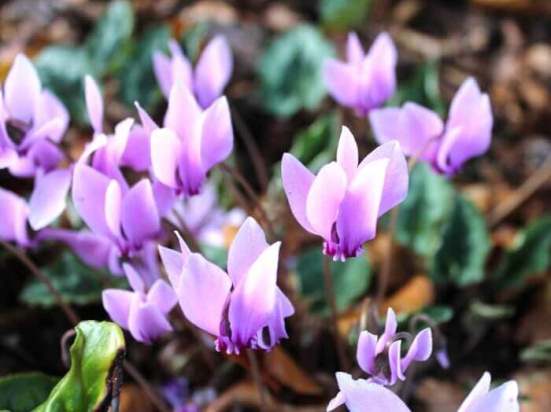
Height. Depends on the variety - high reach 30 - 37 cm, dwarf - 17 - 20 cm.
Description of the plant
Cyclamen (or Dryakva) belongs to the Primroses family and the Mirsinov subfamily. It is a perennial herb, native to Northeast Africa, the Mediterranean coast and Asia Minor. In Turkey, cyclamens grow in the wild. Some plant species adapt well to home conditions and are among the most common indoor flowers, but most varieties are suitable for growing in gardens.
Characteristic features of the plant:
- abundant flowering (inflorescences resemble butterflies with raised wings);
- plant height averages 7–10 cm (rarely a flower grows up to 20 cm in height);
- leaves are rounded, with a light pattern on a dark background.
Types and varieties
There are more than twenty varieties of cyclamen. Some varieties can only grow in the wild, others feel comfortable in greenhouses, and others are suitable for growing at home.Universal species are extremely rare. Two varieties take root well in the apartment - European and Persian.
The most common varieties:
-
Persian (unpretentious type of plant; leaves are heart-shaped; inflorescences are pink, red, purple or white; able to bloom even in winter, basic conditions must be created for normal growth).
-
European (the leaves are silvery-green in color, there are characteristic teeth at their ends; the petals are slightly twisted into a spiral; the flowers are crimson, purple, or bright purple; the peduncles are longer than in other species; a feature is the presence of a tart aroma).
-
African (leaves grow from a tuber and reach 15 cm in length; the color of the flowers ranges from pale pink to deep pink; this type of plant does not tolerate heat and cold, special conditions are necessary for growing).
-
Ivy (the petals resemble ivy; in most cases this type of plant is used for landscaping parks, but at home its cultivation is also acceptable; it is considered the most frost-resistant variety of cyclamen).
Cyclamen leaves turned yellow
The leaves turn yellow and wither if the cyclamen is infected by pests, or if it does not have enough sunlight at a high temperature of the content. Low air humidity may be the reason.
If the cyclamen grows in the shade or partial shade and its leaves turn yellow, then the reason is the lack of sunlight. Experts recommend placing the flower in spring and autumn on windows that are oriented to the east. In winter, south-facing windows are well suited
Bright, diffused lighting is an important condition for growing cyclamen. However, direct sunlight can burn the plant.
It is also recommended to arrange artificial illumination of the cyclamen using a fluorescent lamp or ice lamp.
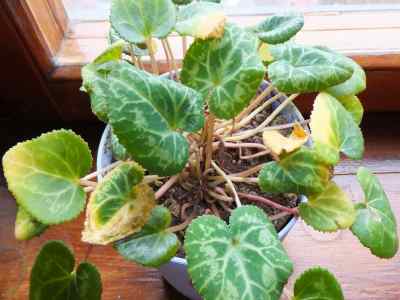 Leaves turn yellow and wither if the cyclamen is in a stuffy room where there is poor air circulation. Carbon monoxide and tobacco smoke can harm the flower. The plant needs a regular supply of fresh air. However, it is forbidden to put it under an open window in winter, since the currents of cold air can destroy the flower. Also, the leaves turn yellow and the flowers wither if the cyclamen is in a too warm room. The optimal temperature regime for him is + 12 ... + 17 degrees. If the leaves of the cyclamen turned yellow after flowering in the period from March to May and this happened slowly, while the tuber remained elastic and healthy, the cyclamen went to rest.
Leaves turn yellow and wither if the cyclamen is in a stuffy room where there is poor air circulation. Carbon monoxide and tobacco smoke can harm the flower. The plant needs a regular supply of fresh air. However, it is forbidden to put it under an open window in winter, since the currents of cold air can destroy the flower. Also, the leaves turn yellow and the flowers wither if the cyclamen is in a too warm room. The optimal temperature regime for him is + 12 ... + 17 degrees. If the leaves of the cyclamen turned yellow after flowering in the period from March to May and this happened slowly, while the tuber remained elastic and healthy, the cyclamen went to rest.
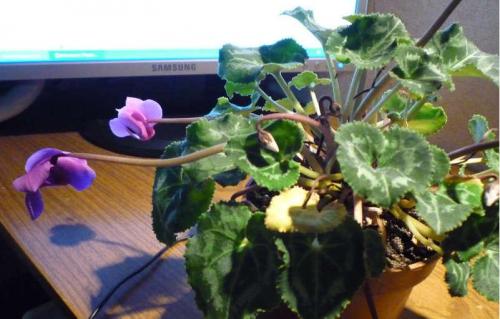 Very often inexperienced growers buy a weak or diseased plant in the store. In most cases, it does not live long at home. Immediately after flowering, it dies. The only way to save a purchased, sick flower is to send it to rest, but again only if the tuber and root system of the plant remain intact. A healthy cyclamen is distinguished by abundant flowering and a large number of green leaves.
Very often inexperienced growers buy a weak or diseased plant in the store. In most cases, it does not live long at home. Immediately after flowering, it dies. The only way to save a purchased, sick flower is to send it to rest, but again only if the tuber and root system of the plant remain intact. A healthy cyclamen is distinguished by abundant flowering and a large number of green leaves.
I share my personal experience on growing cyclamen from seeds at home.
If the leaves of the cyclamen turn yellow, then the flower is too hot, for example, it may be contained in winter at a temperature of +20 degrees and higher. At the same time, the room has a low level of humidity. Comfortable conditions for keeping the plant + 12 ... + 17 degrees. If the temperature is higher, then the cyclamen sheds leaves and buds. To fix everything, you need to move the flower to a cool room, increase the humidity there and arrange artificial lighting.
Diseases and pests
A few words about diseases and pests affecting cyclamen. These include:
- Powdery mildew. An external symptom is plaque on the upper part of the leaves of a diseased plant, their darkening.
- Fusarium and verticillosis. In the presence of such a disease, the rhizomes and bases of the peduncles are painted in an intense brown color.
- Phytophthora.Its symptoms are sweaty pigmentation on all parts of the plant, suppuration of the stem.
- Gray rot. Leaves and shoots are covered with a gray bloom.
It is possible to prevent infection with these diseases by regularly ventilating the room where the plant "lives". But beware of drafts, they can easily kill the cyclamen.
The flower is also vulnerable to pests. Among them:
- spider mite;
- whitefly;
- aphid;
- shield.
You can get rid of them by gently washing the plant in soapy water, or by applying an insecticide.
Description
In the wild, cyclamen grows in the warm and humid Mediterranean climate. It can be found in the shady forests of southwestern Asia, southern Europe, on the wooded mountain slopes of Greece, the Middle East, the Caucasus and Crimea. the plant has several popular names: dryakva, "pork bread", alpine violet. The name "pork bread" comes from the fact that wild boars love to feast on the tubers of a flower, pulling them out of the ground.
Cyclamen belongs to the Primroses family, its genus consists of 20 species. It belongs to the ephemeroids that bloom for a short time. And in the rest of the year, the leaves of the plant dry up, and the flower begins a dormant period. Alpine violet is a perennial tuberous plant, the flowering period in nature begins in autumn and ends in spring. Indoor specimens mostly bloom in the cold season. Although there are hybrid varieties that begin flowering in the spring.

Flowers are rich in colors and shades. Cyclamen has a rich palette of shades of pink and red. Also popular is the "alpine violet" white. Modern hybrid varieties can "boast" of unusual shades: burgundy, purple.
Reproduction of cyclamen tubers
It is not difficult to propagate a European cyclamen with tubers, and it is problematic to carry out this process with a Persian species (the plant has no daughter tubers)
If a variety of a flower implies this type of reproduction, then during the procedure it is important to follow a certain algorithm of actions. Errors can cause a long dormancy of the workpiece or its death.
Algorithm for reproduction of cyclamen tubers:
- The tuber must be removed from the soil and divided into several parts.
- At least one kidney and several roots should remain on each workpiece.
- It is recommended to treat the sections with ash (or activated carbon).
- After drying, the workpieces are ready for planting.
- It is necessary to plant tubers in soil moistened and enriched with nutrients (two-thirds of the workpiece should be in the ground).
- If the cyclamen has formed daughter tubers, then there is no need to cut them.
-
After placing the blanks in the soil, the plant is provided with traditional care.

